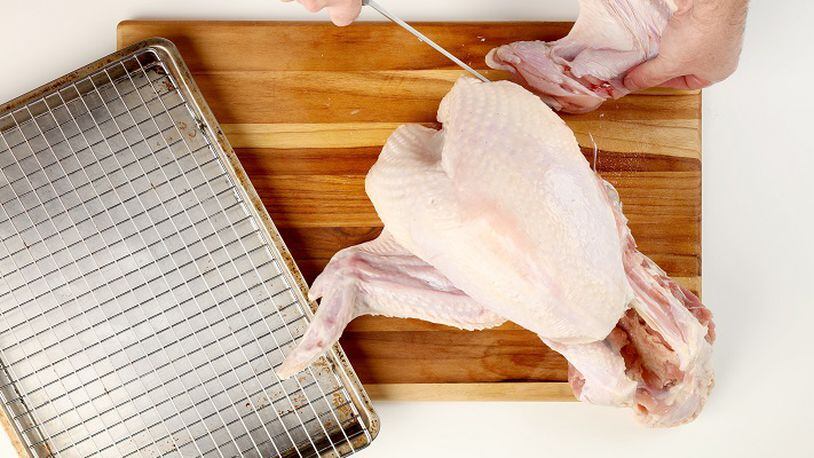The first step in forming new healthy habits is to want to change. Try making a list of pros and cons -- and make sure the pros outweigh the cons. You may be able to jot down five reasons to exercise, but 10 reasons why you can't. Keep adding reasons on the pro side.
Once you've decided to make a change, start with something that is manageable. Instead of pledging to exercise every day, start with 30 minutes today. It's also important to make it enjoyable. If you like to walk, start with that. If you prefer biking, then take a ride. If eating healthier is your goal, the first tiny habit might be buying vegetables in a ready-to-eat form, such as a veggie tray, so they are easy to grab from the refrigerator.
Once you choose a habit to start, such as exercising, break it down into tiny steps. Start with finding a class that fits your schedule or starting on the treadmill or walking further from the parking lot. Celebrate the good choices you make.
It also helps to have a reminder for your new habit. Unhealthy behaviors are triggered by cues (driving by the donut shop), and so are healthy habits. Knowing that your workout clothes ride next to you in the car can be a helpful cue that's hard to ignore. Knowing there are fresh fruits and vegetables already cut up and ready to eat in the fridge makes it easier to grab those instead of a cookie.
Starting a new habit isn't all or nothing -- make one small change and build on it. Be patient with yourself. The important thing is to keep at it, even if you find yourself skipping a day here and there.
Q and A
Q: What is the best cutting board to use -- wood, plastic or glass -- for food safety?
A: A chief consideration in safety of cutting boards is how easy they are to clean. Cutting boards made of a nonporous material, such as plastic or tempered glass, can be easily washed in the dishwasher. Those made of solid, hard wood with a tight grain, such as maple, might to OK in the dishwasher but over time, that may encourage cracking and splitting. Boards made of soft wood, such as poplar or soft maple, or that are laminated, have to be hand-washed. Regardless of type, it's best to use a separate cutting board for meat and poultry versus fruits, vegetables and bread. -- Tufts University Health and Wellness Letter.
RECIPE
We all have a sweet tooth occasionally. Using fruit to tame that sweet tooth is a step toward healthier eating. Try this Fruit Crumble from Cooking Light magazine that combines fresh peaches and fresh blackberries in the slow cooker.
Easiest Fruit Crumble
1 cup old-fashioned rolled oats
3/4 cup white whole-wheat flour
1/2 cup packed light brown sugar
2 teaspoons ground cinnamon
1/2 teaspoon ground nutmeg
1/2 teaspoon salt
1/2 cup unsalted butter, melted and cooled
Cooking spray
3 pounds peaches, peeled and cut into 1-inch slices
3 cups blackberries
In a large bowl, combine oats, flour, brown sugar, cinnamon, nutmeg and salt. Stir with a whisk. Add melted butter; stir until combined. Set aside 1 cup of mixture. Coat a 4 to 5-quart slow cooker with cooking spray. Place peaches, blackberries and remaining oat mixture in slow cooker; stir to combine. Sprinkle peach mixture evenly with reserved 1 cup oat mixture. Lightly coat top with cooking spray. Cook on Low for 3 hours, until fruit is bubbly and top is browned. Serves 12 (serving size: 1/3 cup)
Per serving: 217 calories, 3 g protein, 33 g carbohydrate, 9.2 g fat, 20 mg cholesterol, 5 g fiber, 101 mg sodium.
About the Author
